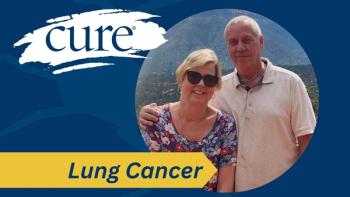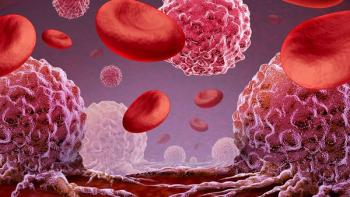
Black Cancer Survivors May Experience Lower BMI, Improved Quality of Life in Neighborhoods That Are Close to Walkable Destinations
Residing in neighborhoods that are within walking distance of destinations such as shops, restaurants and bus stops was associated with a decrease in BMI among black cancer survivors.
Living in an area with a higher neighborhood walkability score may be associated with lower body mass index (BMI) among Black cancer survivors, which may lead to a better quality of life and survivorship outcomes.
Recently, obesity prevalence has increased more in cancer survivors than in the general population, and even more so among Black cancer survivors, according to Jamaica Robinson, a post-doctoral research fellow in the department of epidemiology at Columbia University in New York City. Moreover, better neighborhood walkability may have a positive effect on a cancer survivor’s obesity risk.
“Obesity is one of the highest predictors, I think, or greatest predictors of earlier mortality among cancer survivors, because it can lead to all of these obesity related outcomes,” Robinson said in an interview with CURE®.
The results — which were published in the journal Cancer —are based on data collected from 2,089 Black cancer survivors (955 women with breast cancer; 866 men with prostate cancer; and 268 colorectal cancer survivors).
In this study, neighborhood walkability was measured using four criteria: number of people in the area, access to public transit, number of street intersections, and access to daily destinations someone might want to visit (restaurants, grocery stores, retail stores and religious centers).
Robinson further explained that neighborhood walkability essentially means “does your environment support walking?”
The results demonstrated that the BMI of black cancer survivors was lower in neighborhoods that were deemed to have higher walkability scores. Robinson associated this trend with a neighborhood having places of interest that are within walking distance to a person’s place of residence.
She added that even a little bit of physical activity a day, such as walking around the block, may also help improve quality of life.
“That’s probably one of the reasons that neighborhood walkability is so important to survivors,” Robinson said. “It’s the context in which survivors can engage with their surroundings in their neighborhood and feel free to actually have that regular physical activity that’s recommended to them.”
The trend of greater neighborhood walkability and lower BMI was found strongly in prostate and colorectal cancer survivors.
Robinson noted that these results aligned with previous obesity literature in the general population. She mentioned that women often put a higher emphasis on safety and that could play a role on how much recreational physical activity they partake in.
This study, according to Robinson, is just “the beginning step.” She also explained that more research is needed to evaluate cancer survivors’ communities and what makes them feel safe while walking, as well as what kinds of beneficial foods are available in their neighborhood to keep a healthy survivorship.
“But (the research) provides a little bit of evidence to show that it could be important to go down these roads of actually going to the community of cancer survivors and asking them what is important to them and their surroundings,” Robinson concluded.
For more news on cancer updates, research and education, don’t forget to





